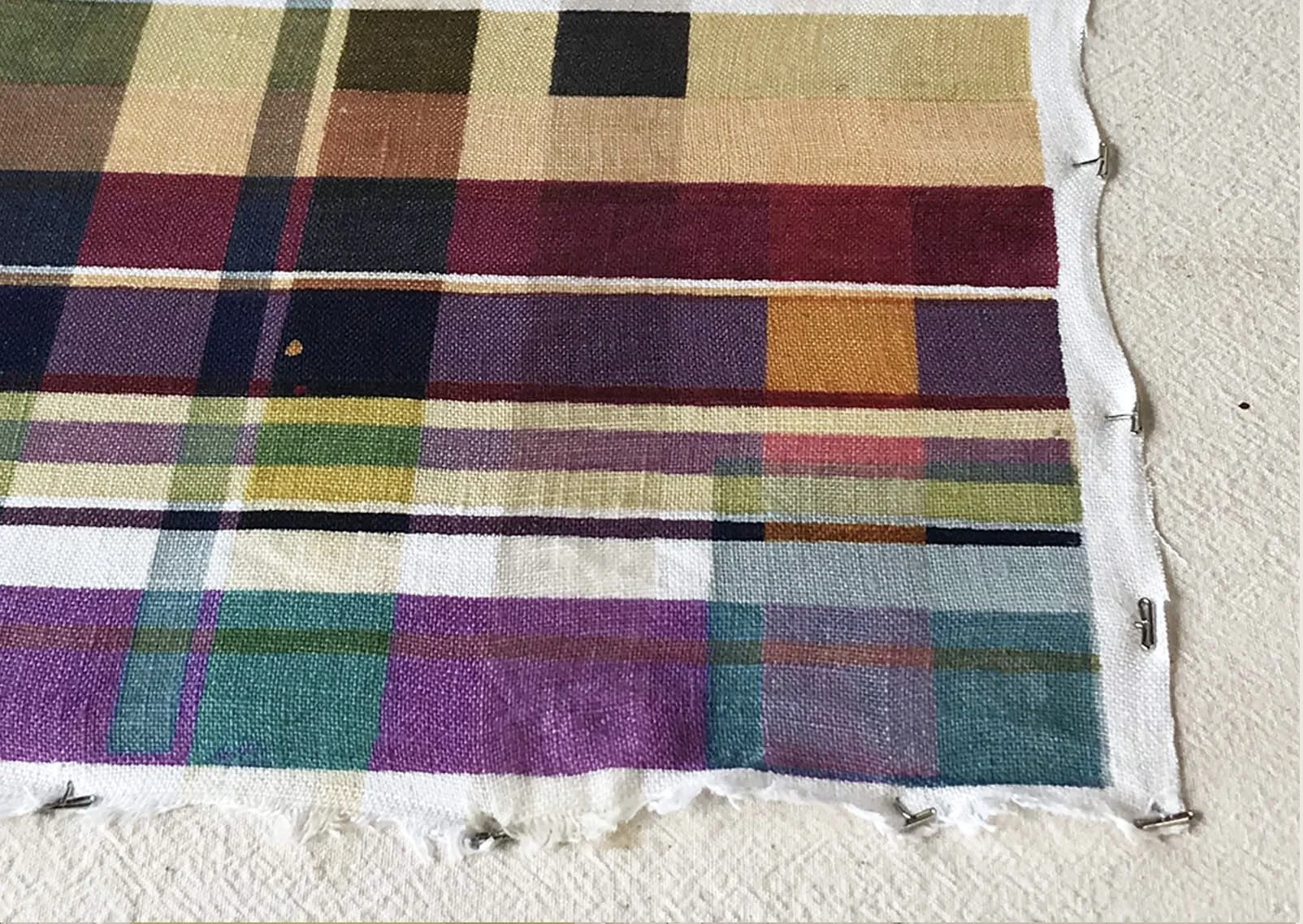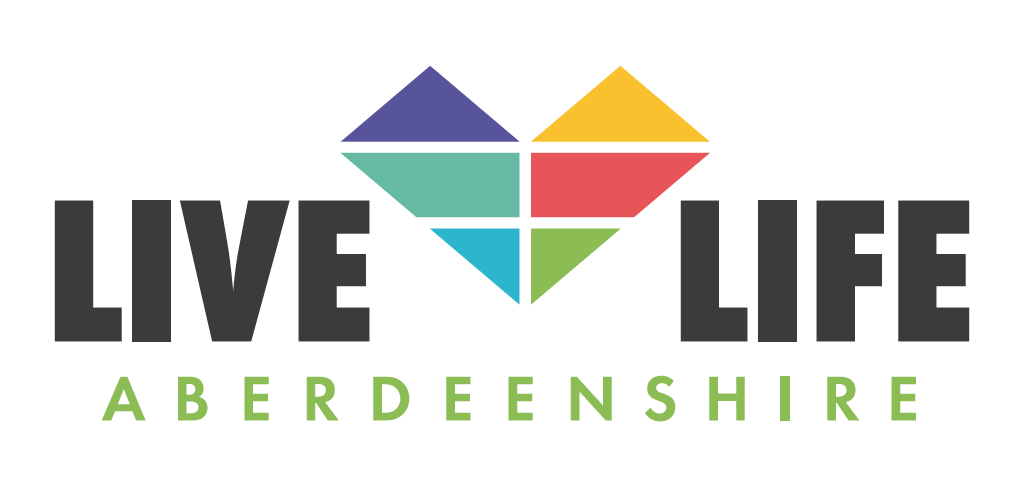Future of Print – Second Life Colour
Naturally Screen Printed Abstract Design on Scottish Cotton Linen
This year I have been lucky enough to receive a VACMA (Visual Arts and Craft Makers Award) from Aberdeenshire Council and Creative Scotland.
I am using the award to part fund a research and development project exploring the possibilities of natural materials within printing. I wish to learn about translating patterns into eco-print designs using natural waste materials. This will give my practice a new skill set in order to develop it further as well as bring this skill set to North East Scotland which will support the development of the Textiles Hub! This will expand my processes and require problem-solving as I usually create printed work with digital printing or with screen printing using water-based synthetic pastes. I’ll be sharing my findings through a series of blog posts and newsletters.
The first stop on this project is Ceres Studio! Lara and Flo offer a well-recommended two-day workshop in eco print, where I will create an “in-depth technical reference file of natural dye-print colours” and a multi-layered design. I was so excited to make and print with eco dye-pastes as well as learn the technical properties of these. I think I was most excited about getting to geek out on the technical side. I was keeping an eye out for a workshop around April but when I saw that there was one happening in February, just after my VACMA was confirmed, I jumped at the chance. It did not disappoint!
The flight down was, shall we say, interesting. I wanted to go on the train. Not only due to the fact I’ve never flown alone before but also because flying isn’t exactly great for the environment. However, the cost and time constraints meant that the train was not an option this time. I got to London the night before and stayed in a lovely loft annexe in Brixton, really close to Ceres Studio. Brixton Market has so much good food and a great fabric shop called Simply Fabrics. It's worth a visit if you’re ever there.
Image from Ceres Studio Website of eco-screen-printing colour sample.
The course took place over the weekend in Fabric Floor Studios in Brixton, a great facility and it gave me ambitions for the eventual growth of the textile hub here in Aberdeen. There were three other folks on the course which was a lovely size to work with. We started off with Saturday being the technical explorations. How to make dye pastes from natural extract powders, food waste and Botanics. We were told how to extract colour from different materials, how to store material or the extracted colour and the different properties of materials. Such as pomegranate, which has a tannin in the skin so doesn’t really need a mordant, whereas marigolds will. There was great conversation about what we might use and lots of guesses about how the colours will turn out.
Natural materials can surprise you. The colours aren’t always as they first appeared they will be. The blackberries I printed first looked bright pink but then when steamed/set and washed it settled on a lilac/blue colour. Red onion skin was a big surprise! It was a beautiful moss green colour and when we printed over it with an alkaline it changed to orange! As an orange obsessive, I knew I had to have a go with that one on Sunday. To round up the day we had a Q+A and shared all of our samples so we could see how a variety of colours reacted.
Image taken in Ceres Studio at the end of day one.
That night, energized by a massive (I mean it could feed a family) burrito and some churros from a little restaurant in the market I set about sketching out ideas and colour combinations for the layered print on Sunday. Using water-soluble colouring pencils (trying to take art materials on a plane takes a lot of planning!) I mixed up colour combinations as close to those that I liked from the day. I knew I might not be able to do them all but it would be great to explore as many combinations as possible. There was so much you could do with even two colours, by applying an acid, an alkaline and iron to alter them into other colours, totalling up to six from the two you started with. See the image below for what I mean.
Technical print showing seven colours altered by acid, alkaline and iron.
On Sunday we had a demonstration of different ways to create stencils with paper. I love working with paper stencils, they are so easy to experiment with and quite instant. I had some shapes in mind and decided to go in with a loose idea of pattern but to let the fabric and colours dictate it. I had brought some of my treasured Scottish cotton/linen with me. The last from the last Scottish linen mill Peter Grieg Co., now closed. It printed up a dream! Along with that, we had white linen and some silk that had been dyed in pomegranate the day before. What was so interesting about the pomegranate silk was when iron was placed on it the colour turned from pale yellow to black. I had great fun experimenting with this. The circle and double-printed lines worked well. I had first printed an outline in blackberry then the iron on top.
Returning home weirdly exhausted but equally energized I took a couple of weeks to write up notes, making plans for what I wanted to explore more, what colours I would like to get or what materials I would like to try. Can’t wait to share more with you. I’ll break up the blog posts into smaller chunks as I go along this project, like little updates.
I would like to thank Lara and Flo for the amazing workshop and Sheila for all her help in this project so far! And thanks to my partner and kids for supporting me be able to do this project too.
Screen printing sample from day two.








